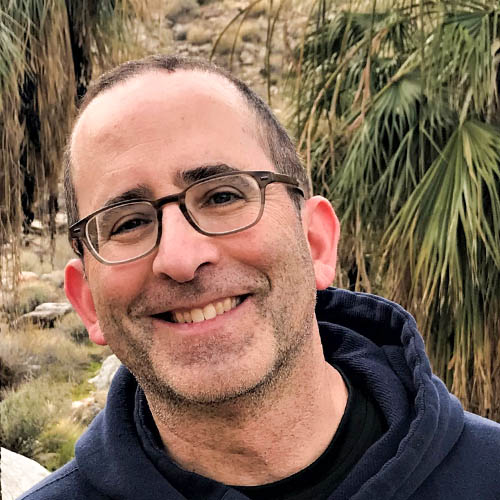What Are They Doing?
 Deployment and recovery of moorings
Deployment and recovery of moorings
Research is carried out through the NABOS (Nansen and Amundsen Basins Observational System) program. The goal of this study is to develop a comprehensive and quantitative understanding of how the Eastern Eurasian Basin (EEB) functions as a switchgear, accumulating and releasing major Arctic riverine transports and redistributing ice and freshwater between the eastern and western Arctic in response to atmospheric and oceanic forcings. Three biennial cruises, planned for August-September, will take measurements between Franz Josef Land and the central East Siberian Sea, following a path that moves from shallow water to the deep sea. The sampling program connects observations using moorings, ship sampling, and drifters.
Where Are They?
 Proposed scheme for observations in the eastern Eurasian Basin (EEB) and Makarov Basin for 2019-2023
Proposed scheme for observations in the eastern Eurasian Basin (EEB) and Makarov Basin for 2019-2023
The expedition is ship-based. The science party will embark and disembark on the Russian scientific research vessel Akademik Tryoshnikov from Kirkenes, Norway. Sampling will take place between Franz Josef Land and the central East Siberian Sea.
Latest Journals

Elena Sparrow is an Education and outreach director/Research Professor at the International Arctic Research Center at the University of Alaska, Fairbanks. Dr. Sparrow is an expert in teaching and learning, pedagogy and education, professional development, and soil microbiology.

Igor Polyakov is a professor at the International Arctic Research Center at the University of Alaska, Fairbanks. His high-latitude climate studies focus on polar amplification of global warming, long-term variability of the Arctic atmosphere, ice, and ocean, their interconnections, and linkages with the lower latitude processes. Dr. Polyakov is an expert in oceanography, multi-decadal variability, climate change, and the Arctic.

I’m currently a graduate student at IARC and the Department of Atmospheric Sciences, UAF. Working with NABOS data is a big part of my life these days. My academic background includes mechanical engineering (MS, NC State), math, and meteorology. Some of my work background has involved oilfield work, weather forecasting, computer programming, and a small amount of high school teaching. I’ve been living in Fairbanks, Alaska since 2017, after moving from North Carolina. People find it hard to tell that I’m from North Carolina because of my New Zealand or Australian accent.

I am Dolly More, and I am from Mumbai, India. I did my bachelor’s in physics from Mumbai University and masters in Atmospheric Sciences from Pune University. After graduating, I worked for ‘Metropolitan Air Quality and Weather Services’ (MAQWS) project, where I studied atmospheric pollutants of various Indian cities. I am currently a UAF graduate student. I am part of the NABOS project working with Igor Polyakov, and my research focuses on Arctic physical oceanography. Other than work, I enjoy hiking and sky-gazing.





